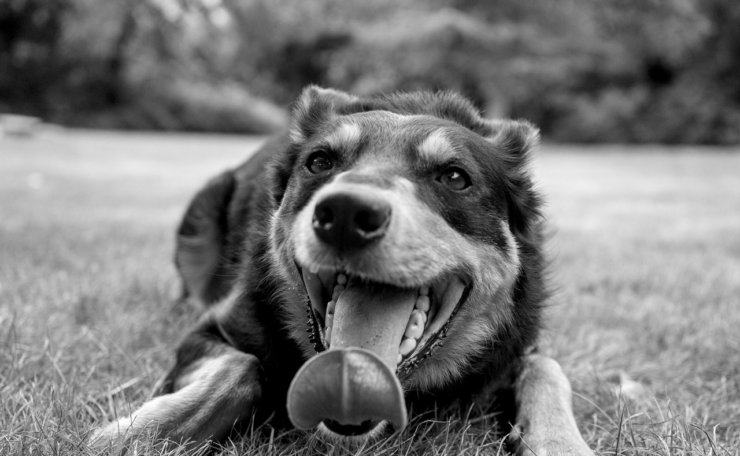Top 7 Strategies to Train Your Dog for Better Behaviour
Dog training is universally recognized as a crucial aspect in the lifecycle of our beloved canine companions. Thousands of books, videos, and articles have been dedicated to providing solutions and philosophies regarding dog training, each with its array of approaches and methodologies. However, a common consensus lies in treating your dog with respect, patience, and love while teaching them new commands, tricks, or behavior adjustments.
Understanding Dogs and Their Behavior
Facing difficulty in communication is one of the most common issues dog owners encounter when trying to train their furry friends. Dogs do not perceive the world the way humans do and it’s crucial to understand this as a part of the training process. The canine species relies heavily on body language and other visual cues for communication

The Basics of Dog Training
Dog training fundamentally revolves around two core principles – reward and deterrent. Rewarding a desirable action ensures that your dog will repeat that action in the future, while providing a deterrent discourages undesirable actions.
Reward-based training has proven to be the most effective method of dog training. It employs the use of treats, praise, toys, and playtime as rewards for good behavior and correct responses to commands.
However, this does not mean you need to carry a bag of treats with you all the time. Over-reliance on rewards, especially treats, can prove unfruitful as your dog may find other things around them more rewarding.
The Importance of Consistency
The key principle to effective training is consistency. Consistent behavior from you will facilitate consistent responses from your dog. Dogs comprehend and learn through patterns and repeated actions or commands. Being inconsistent with your instructions or responses will confuse your dog and disrupt the training process.
Consistency also concerns everyone who interacts with the dog. If different people in the household have different commands or react differently to behaviors, the dog is bound to get confused. Ensure everyone in the house understands and follows the same set of rules.
Socialization
A core part of proper dog training is socialization. Dogs are not born understanding how to behave in different situations and interactions with different beings. By exposing your dog to different environments, sounds, and people, you are allowing them to develop a robust “social vocabulary”, enabling them to better adapt to new situations.
Take your dog on walks, introduce them to different people, expose them to various scenarios, and allow them to interact within limits. Frequent and appropriate socialization can resolve many behavior issues and prevent several others from forming.
FAQ
1. What is the best age to start training my dog?
You can start teaching basic commands as soon as your puppy is comfortable in their new home, usually around 7-8 weeks of age. But remember, patience is key. Puppies have short attention spans and require time to understand what is expected of them.
2. Is it true that you can’t teach an old dog new tricks?
Absolutely not. It’s never too late to start training a dog. Older dogs may need more time and patience, but they can definitely learn new commands and improve their behavior.
3. My dog listens to me in the house, but not outside. Why?
Dogs are not great at generalizing commands from one environment to another. They may understand the command in a quiet setting but struggle when there are more distractions. Try practicing the command in progressivelymore distracting environments.
4. Should I train my dog every day?
Yes, regular short training sessions are much more effective than infrequent long ones. A few minutes at a time is all it takes.
5. Is it necessary to attend a dog training class?
Training classes can be very beneficial, especially for first-time dog owners. They not only help train your dog but also train you in the best techniques and approaches.
Conclusion
Training your dog requires patience, dedication, and understanding. Every dog is unique, and what may work for one might not work for another. Training is not merely about teaching your dog to sit or stay, but it’s about nurturing an effective method of communication between you and your beloved pet. Remember, the goal is not to have a dog that executes commands rigorously, but to have a dog that feels secure, happy, and understood.
Understanding your dog’s needs, their learning style, staying consistent, and basing your training around rewards and positive reinforcement will most definitely ensure that your dog training experience is successful. After all, a well-trained dog is a happy dog, and a happy dog makes for a blissful household.



